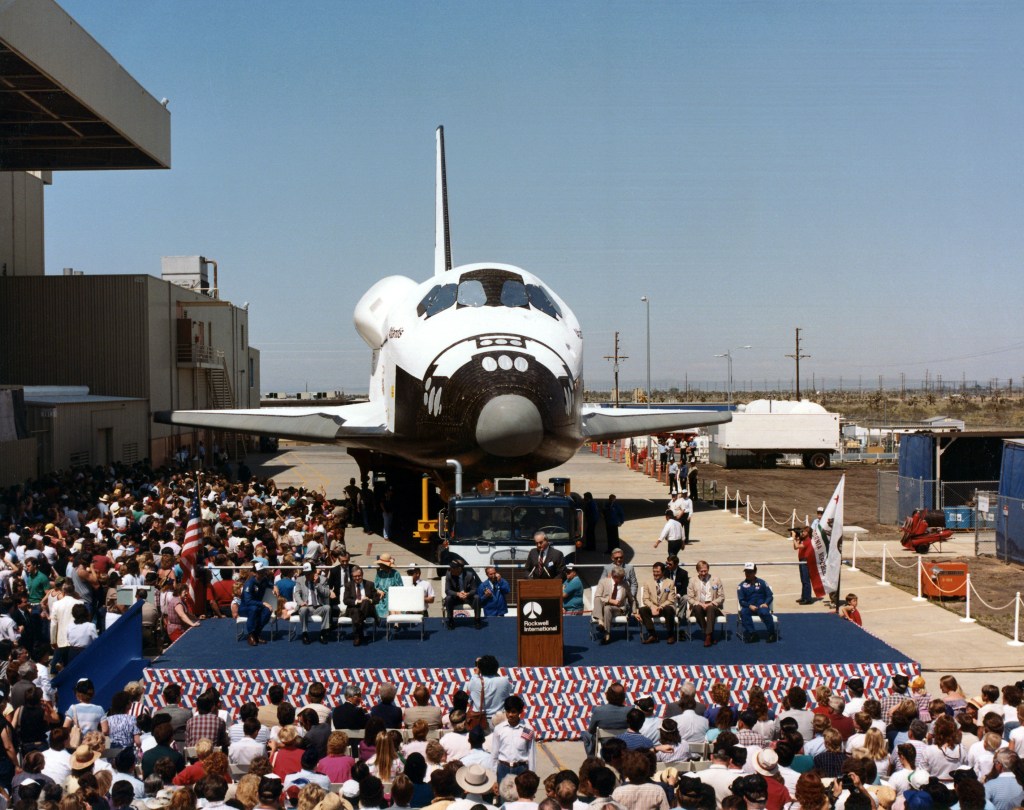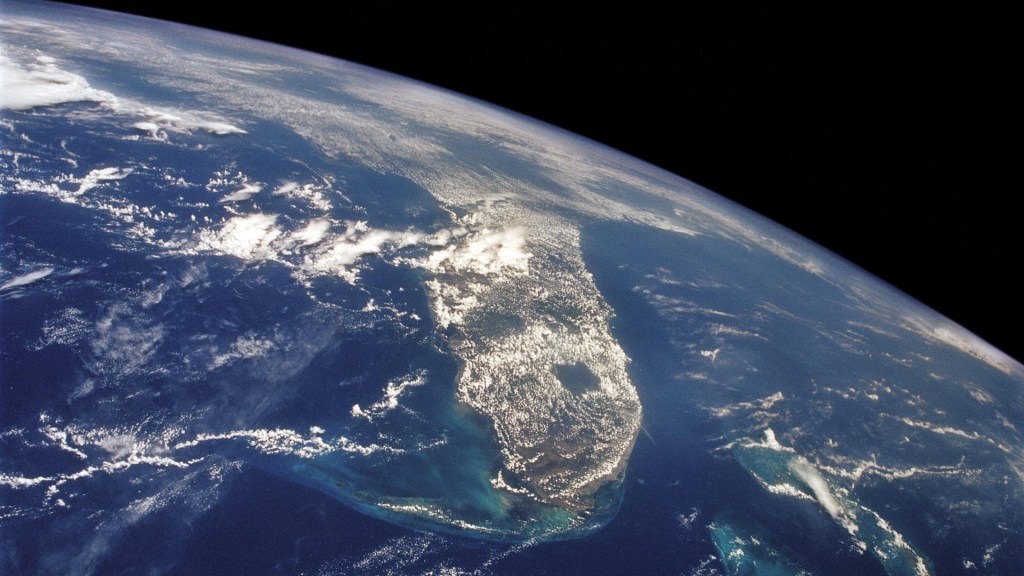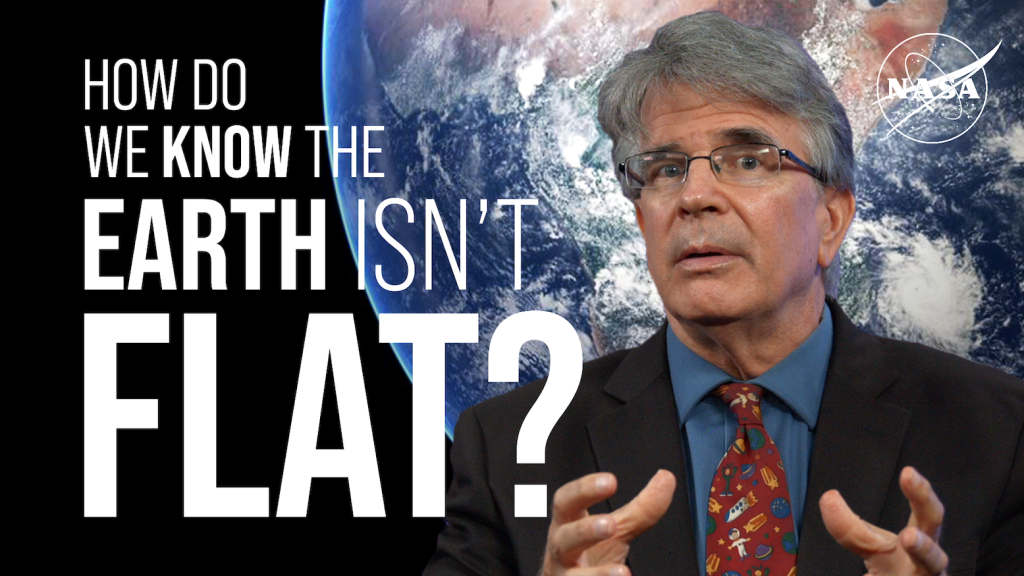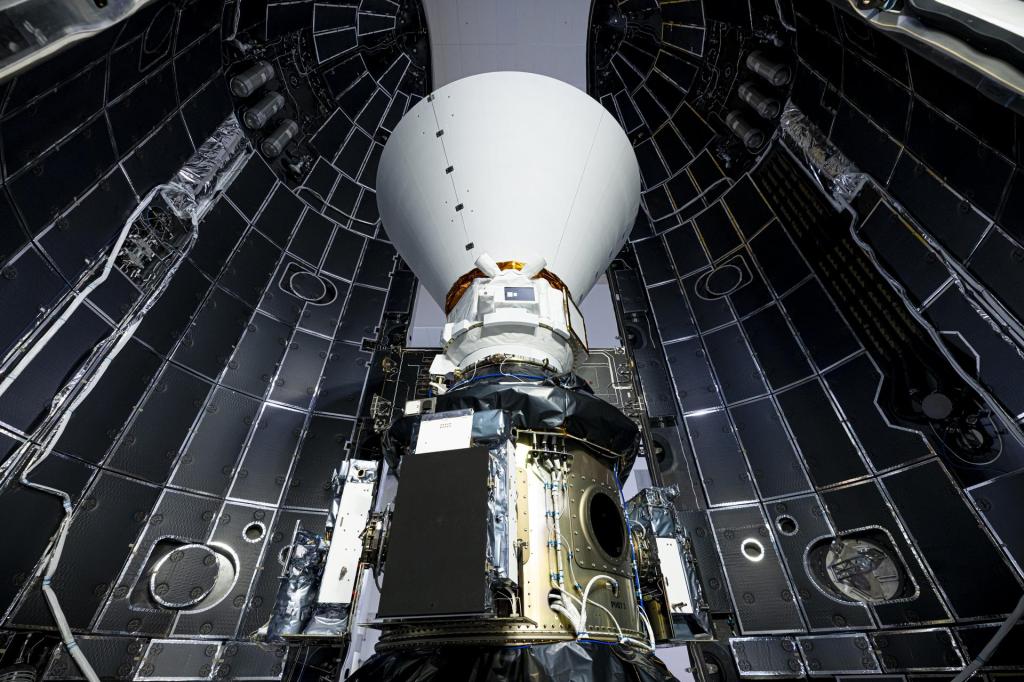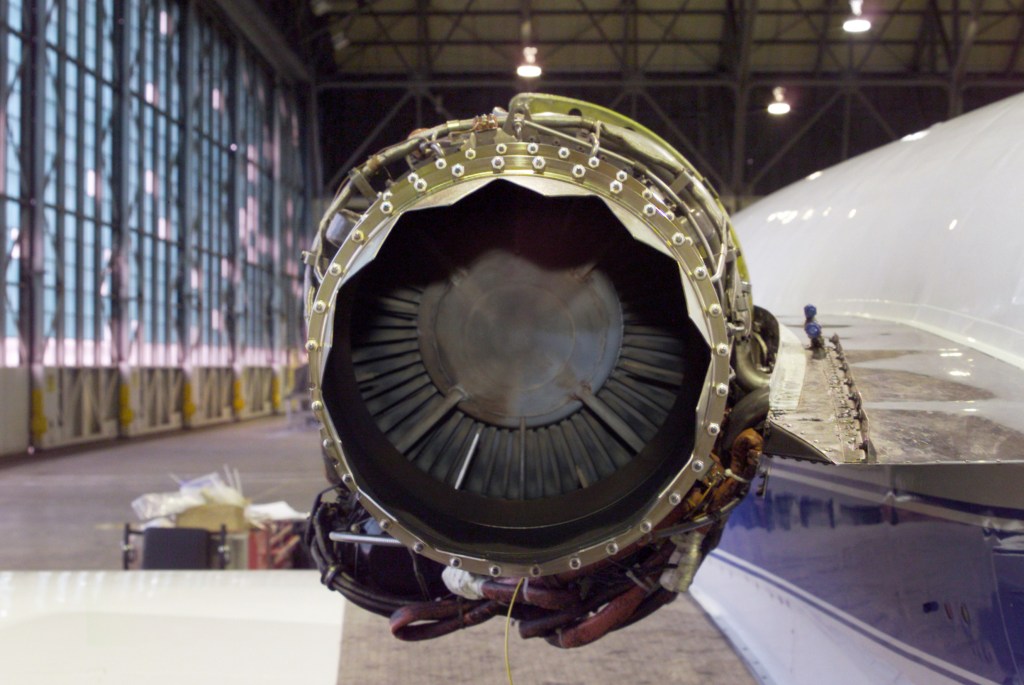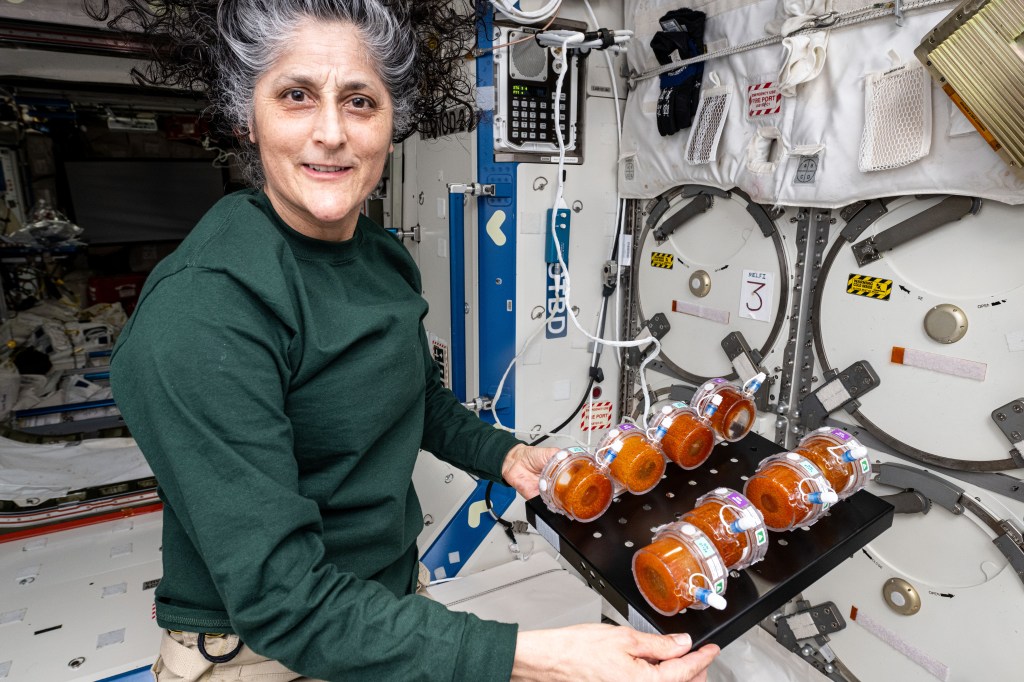Long-term observations of Neptune have allowed scientists observe storm formation and also to track storm evolution on the ice giant.

In 1989, NASA’s Voyager 2 zipped past Neptune—its final planetary target before speeding to the outer limits of the solar system. It was the first time a spacecraft had visited the remote world. As the craft zoomed by, it snapped pictures of two giant storms brewing in Neptune’s southern hemisphere. Scientists dubbed the storms “The Great Dark Spot” and “Dark Spot 2.”
Just five years later, in 1994, NASA’s Hubble Space Telescope took sharp images of Neptune from Earth’s distance of 2.7 billion miles (4.3 billion kilometers). Scientists were eager to get another look at the storms. Instead, Hubble’s photos revealed that both the Earth-sized Great Dark Spot and the smaller Dark Spot 2 had vanished.
“It was certainly a surprise,” recalls Amy Simon, a planetary scientist at NASA’s Goddard Space Flight Center in Greenbelt, Maryland. “We were used to looking at Jupiter’s Great Red Spot, which presumably had been there for more than a hundred years.” Planetary scientists immediately began constructing computer simulations in order to understand the Great Dark Spot’s mysterious disappearance.
Now part of the Outer Planet Atmospheres Legacy (OPAL) project, Simon and her colleagues are beginning to answer these questions. Thanks to images captured by Hubble, the team has not only witnessed a storm’s formation for the first time but developed constraints that pinpoint the frequency and duration of the storm systems.
The Birth of a Storm
In 2015, the OPAL team began a yearly mission to analyze images of Neptune captured by Hubble and detected a small dark spot in the southern hemisphere. Each year since, Simon and her colleagues have viewed the planet and monitored the storm as it dissipated. In 2018, a new dark spot emerged, hovering at 23 degrees north latitude.
“We were so busy tracking this smaller storm from 2015, that we weren't necessarily expecting to see another big one so soon,” says Simon about the storm, which is similar in size to the Great Dark Spot. “That was a pleasant surprise. Every time we get new images from Hubble, something is different than what we expected.”
What’s more, the storm’s birth was caught on camera. While analyzing Hubble images of Neptune taken from 2015 to 2017, the team discovered that several small, white clouds formed in the region where the most recent dark spot would later appear. They published their findings March 25 in the journal Geophysical Research Letters.
The high-altitude clouds are made up of methane ice crystals, which give them their characteristic bright, white appearance. These companion clouds are thought to hover above the storms, similar to the way that lenticular clouds cap tall mountains on Earth. Their presence several years before a new storm was spotted suggests that dark spots may originate much deeper in the atmosphere than previously thought.
“In the same way a terrestrial Earth satellite would watch Earth’s weather, we observe the weather on Neptune,” says Glenn Orton, a planetary scientist at NASA’s Jet Propulsion Laboratory in Pasadena, California, who also serves on the OPAL project. Just as hurricanes are tracked on Earth, Hubble’s images revealed the dark spot’s meandering path. In a span of nearly 20 hours, the storm drifted westward, moving slightly slower than Neptune’s high-speed winds.
But these Neptunian storms are different from the cyclones we see on Earth or Jupiter. So are the wind patterns that propel them. Similar to the rails that keep errant bowling balls from bounding into the gutters, thin bands of wind currents on Jupiter keep the Great Red Spot on a set path. On Neptune, wind currents operate in much wider bands around the planet, allowing storms like the Great Dark Spot to slowly drift across latitudes. The storms typically hover between westward equatorial wind jets and eastward-blowing currents in the higher latitudes before strong winds pull them apart.
Still more observations are needed. “We want to be able to study how the winds are changing over time,” says Simon.
Average Lifespan?
Simon is also part of a team of scientists led by undergraduate student Andrew Hsu of the University of California, Berkeley, who pinpointed how long these storms last and how frequently they occur.
They suspect that new storms crop up on Neptune every four to six years. Each storm may last up to six years, though two-year lifespans were more likely, according to findings published March 25 in the Astronomical Journal.
A total of six storm systems have been spotted since scientists first set their sights on Neptune. Voyager 2 identified two storms in 1989. Since Hubble launched in 1990, it has viewed four more of these storms.
In addition to analyzing data collected by Hubble and Voyager 2, the team ran computer simulations that charted a total of 8,000 dark spots swirling across the icy planet. When matched to 256 archival images, these simulations revealed that Hubble likely would have spotted approximately 70 percent of the simulated storms that occurred over the course of a year and roughly 85 to 95 percent of storms with a two-year lifespan.
Still, Questions Swirl
Conditions on Neptune are still largely a mystery. Planetary scientists hope to next study changes in the shape of the vortex and wind speed in the storms. “We have never directly measured winds within Neptune's dark vortices, but we estimate the wind speeds are in the ballpark of 328 feet (100 meters) per second, quite similar to wind speeds within Jupiter's Great Red Spot,” says Michael Wong, a planetary scientist at the University of California, Berkeley. More frequent observations using the Hubble telescope, he notes, will help paint a clearer picture of how storm systems on Neptune evolve.
Simon says that discoveries on Neptune will have implications for those studying exoplanets in our galaxy that are similar in size to the ice giants. “If you study the exoplanets and you want to understand how they work, you really need to understand our planets first,” says Simon. “We have so little information on Uranus and Neptune.”
All agree that these recent findings have spurred a desire to track our furthest major planetary neighbor in even greater detail. “The more you know, the more you realize you don't know,” says Orton.
The Hubble Space Telescope is a project of international cooperation between NASA and ESA (European Space Agency). NASA's Goddard Space Flight Center in Greenbelt, Maryland, manages the telescope. The Space Telescope Science Institute (STScI) in Baltimore, Maryland, conducts Hubble science operations. STScI is operated for NASA by the Association of Universities for Research in Astronomy in Washington, D.C. The researchers used data acquired from the Hubble Space Telescope associated with the OPAL program and archived by the STScI.
For more information about Hubble, visit: www.nasa.gov/hubble


